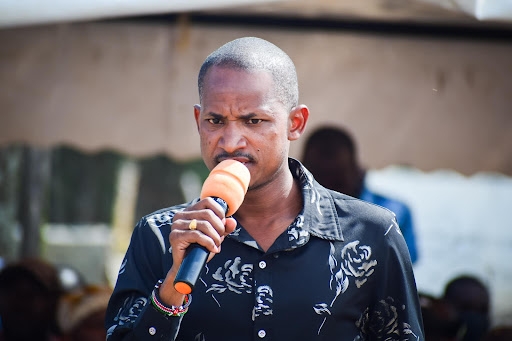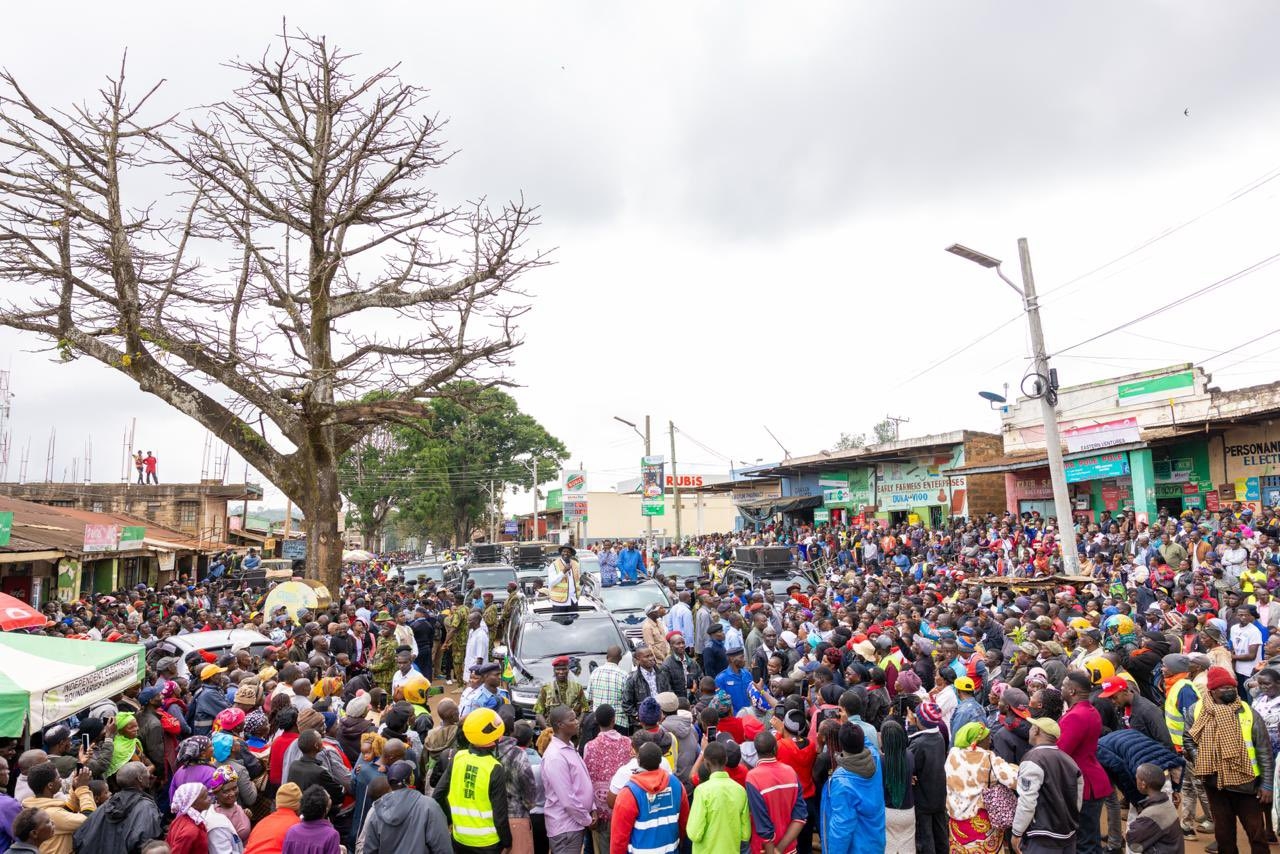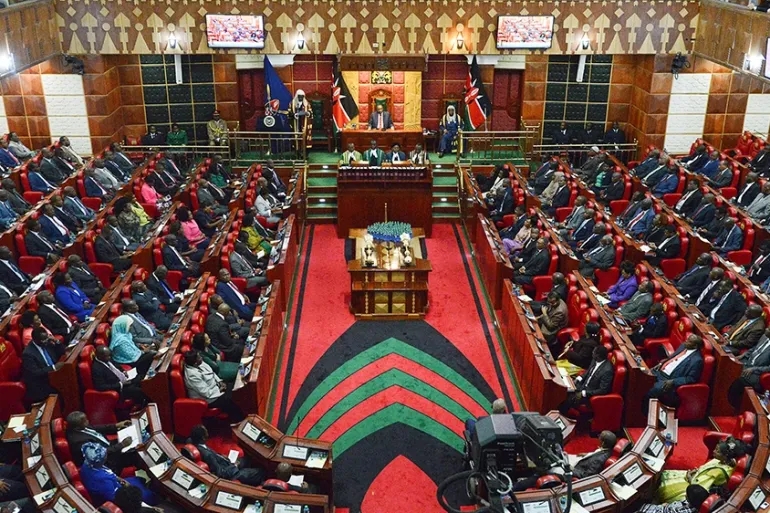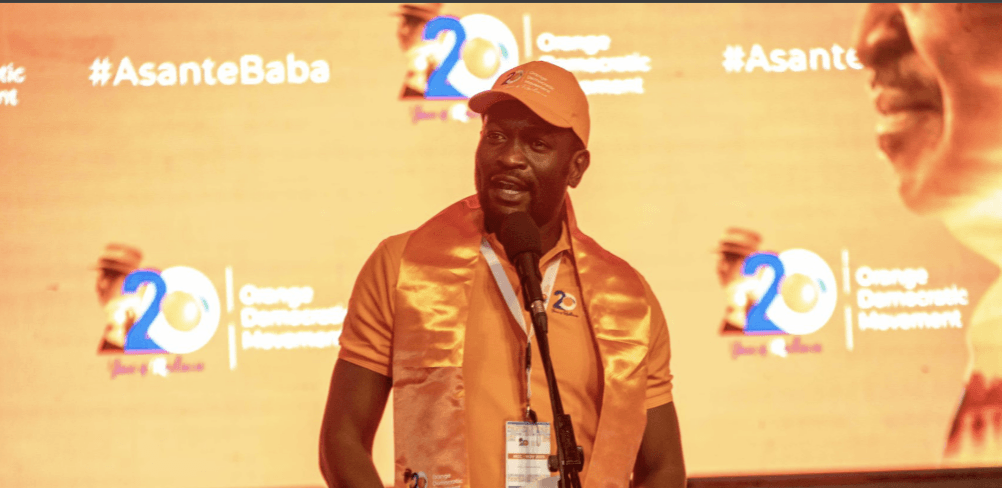
A staggering Sh180 billion is required to fully regenerate Nairobi’s heavily populated rivers, including the Nairobi, Mathare and Ngong rivers, as the government intensifies efforts to clean the waterways.
Nairobi Governor Johnson Sakaja said it would cost an average of Sh60 billion to restore each river to its original state.
“Currently, counties can only borrow up to five per cent of their revenue. We cannot raise the money on our own to clear the rivers, which is why we work with the Nairobi Rivers Commission and national government departments,” Sakaja explained.
The governor made the remarks while defending the ongoing Nairobi Regeneration Programme and denying that his administration was responsible for last year’s demolitions along the riverbanks, which left several people homeless.
Speaking before the Senate Lands Committee on Thursday, Sakaja clarified that the demolitions were carried out by the national government.
“Our administration only declared sections along the rivers as special planning areas. This was a planning exercise and did not involve demolition.”
County officials say thousands of casual jobs have been generated across key regeneration sites, including Mathare, Ngong and the Nairobi River corridors.
Beyond cleaning, Sakaja said the programme includes major infrastructure projects to transform Nairobi’s sanitation and drainage systems. “We are constructing a 50-kilometre sewer line that will serve the city for the next 50 years,” he noted, highlighting the long-term vision behind the initiative.
He added that the programme is part of a broader urban renewal plan to make Nairobi cleaner, greener and safer.
“This is not just about the environment; it is about restoring dignity, creating livelihoods and ensuring residents live in a modern, well-planned city,” Sakaja said.
Key components of the programme include the construction of a 60-kilometre trunk sewer line along the Nairobi River Basin and the modernisation of the Kariobangi Wastewater Treatment Plant, which will increase processing capacity from 60,000 to 90,000 cubic metres per day.
The city is also developing 27.2 kilometres of five-metre-wide non-motorised transport corridors linking Naivasha Road to Lucky Summer, promoting sustainable urban mobility.
Additionally, the planned closure and conversion of the Dandora Dumpsite into a circular economy and waste-to-energy facility is expected to create green jobs, reduce pollution and position Nairobi as a leader in sustainable waste management.
Beyond infrastructure, the programme has evolved into a social movement, with grassroots groups leading local clean-ups and urban greening initiatives. In Korogocho, for example, youth from Komb Green Solutions have spearheaded river clean-ups and environmental projects, fostering local pride and stewardship.
















